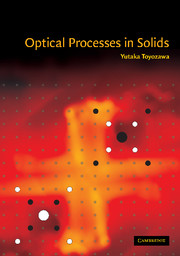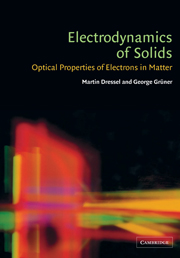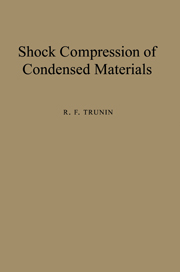Optical Processes in Solids
A unifying element that links the apparently diverse phenomena observed in optical processes is the dielectric dispersion of matter. It describes the response of matter to incoming electromagnetic waves and charged particles, and thus predicts their behavior in the self-induced field of matter, known as polariton and polaron effects. The energies of phonon, exciton and plasmon, quanta of collective motions of charged particles constituting the matter, are also governed by dielectric dispersion. Since the latter is a functional of the former, one can derive useful relations for their self-consistency. Nonlinear response to laser light inclusive of multiphoton processes, and excitation of atomic inner shells by synchrotron radiation, are also described. Within the configuration coordinate model, photo-induced lattice relaxation and chemical reaction are described equally to both ground and relaxed excited states, to provide a novel and global perspective on structural phase transitions and the nature of interatomic bonds. This book was first published in 2003.
- Graduate level textbook looking at the interaction of light and matter
- Written by a very distinguished Japanese physicist
Product details
February 2003Paperback
9780521556057
442 pages
244 × 170 × 23 mm
0.7kg
3 tables
Available
Table of Contents
- Introduction
- 1. Radiation field
- 2. Quantum mechanics and the harmonic oscillator
- 3. The interaction of radiation with matter
- 4. Electronic versus nuclear motions and the optical spectra of localized electrons in solids
- 5. Lattice vibrations
- 6. Electric susceptibility and the dielectric constant
- 7. One electron states in solids
- 8. Excitons
- 9. Polarons and the self-trapped state
- 10. Optical spectra of excitons in the phonon field
- 11. Higher order optical processes
- 12. Inner shell excitation
- 13. Photo-induced structural changes
- 14. Light, matter, and life.





